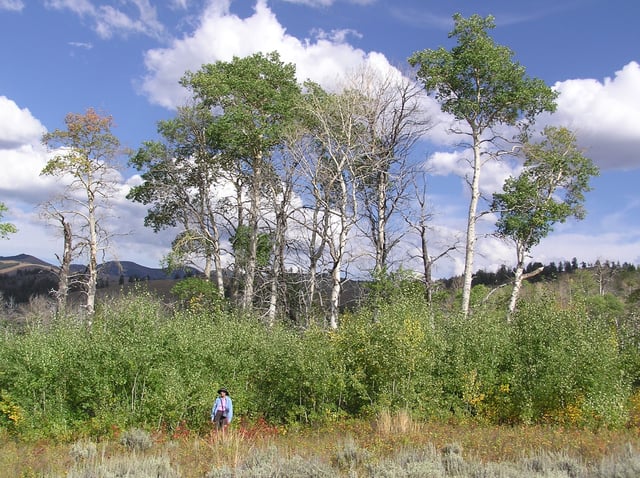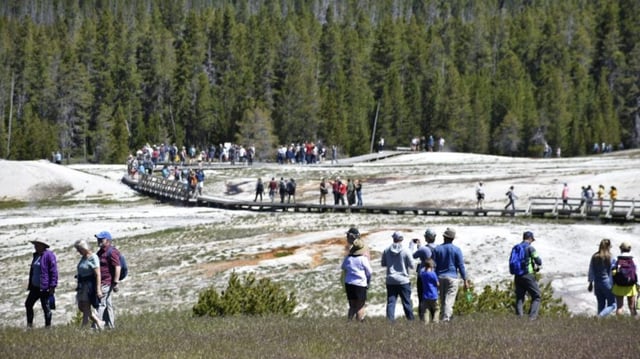Overview
- Researchers revisited 87 genetically distinct northern Yellowstone aspen stands in 2020–2021 and found new small trees in 43 percent of sites, marking the first overstory regeneration since the 1940s.
- The study links this recovery to a long-term trophic cascade set off by gray wolves reintroduced in 1995–96, which shifted elk foraging patterns and reduced browsing pressure on young aspens.
- Aspen regrowth remains uneven across the park, with some stands still heavily browsed and failing to recruit new saplings.
- Emerging constraints on further recovery include rising bison browsing, encroachment by conifer species and potential impacts from future climate stressors.
- Published in Forest Ecology and Management and supported by OSU’s Ecosystem Restoration Research Fund, the findings underscore predator restoration as a tool for sustaining ecosystem resilience.

